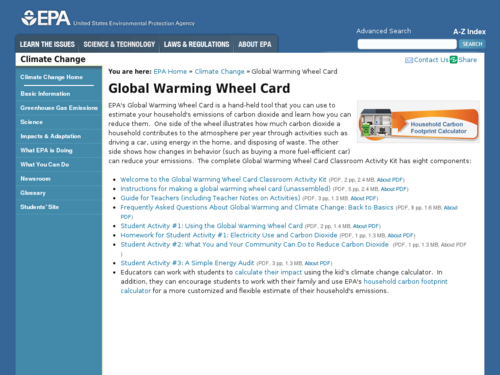Educational Resources: Search the CLEAN Collection
Find and download scientifically and pedagogically reviewed digital resources for teaching about climate's influence on you and society and your influence on climate.
110 Results for
- (-) Remove Human Responses to Climate filter Human Responses to Climate











